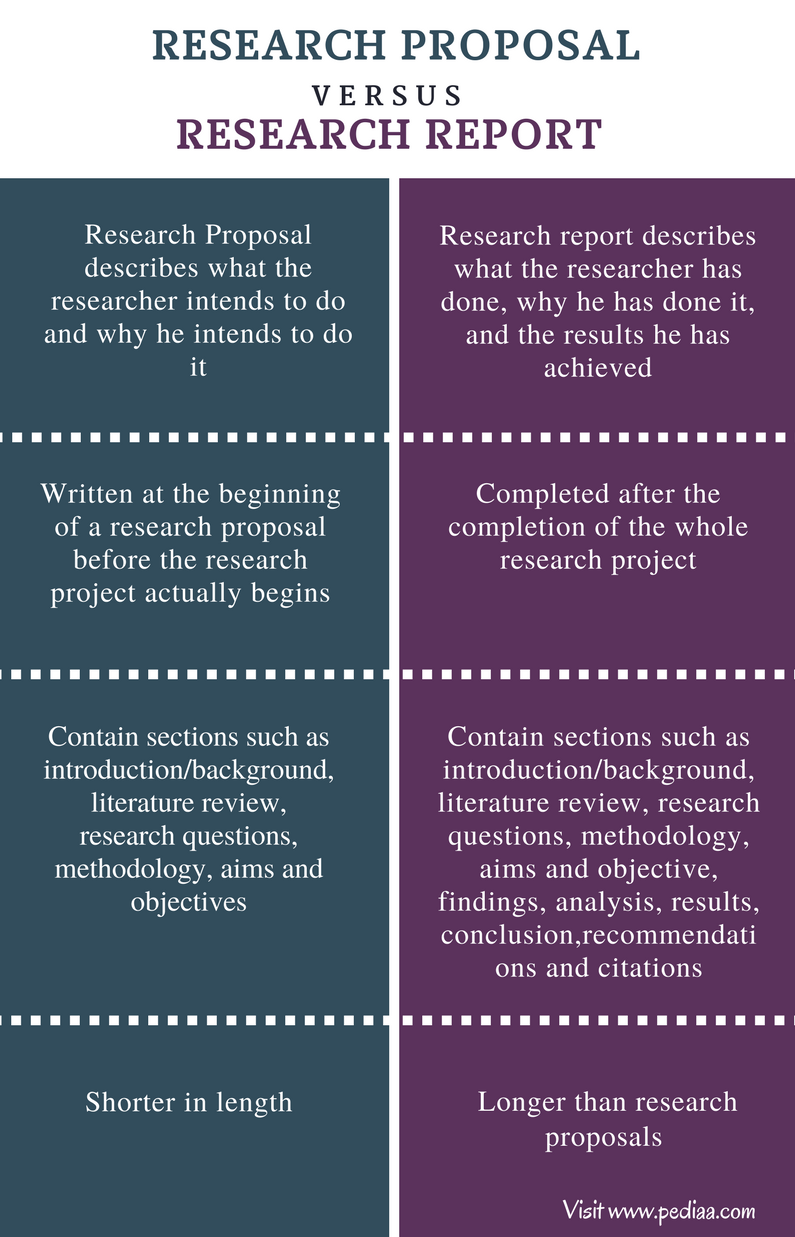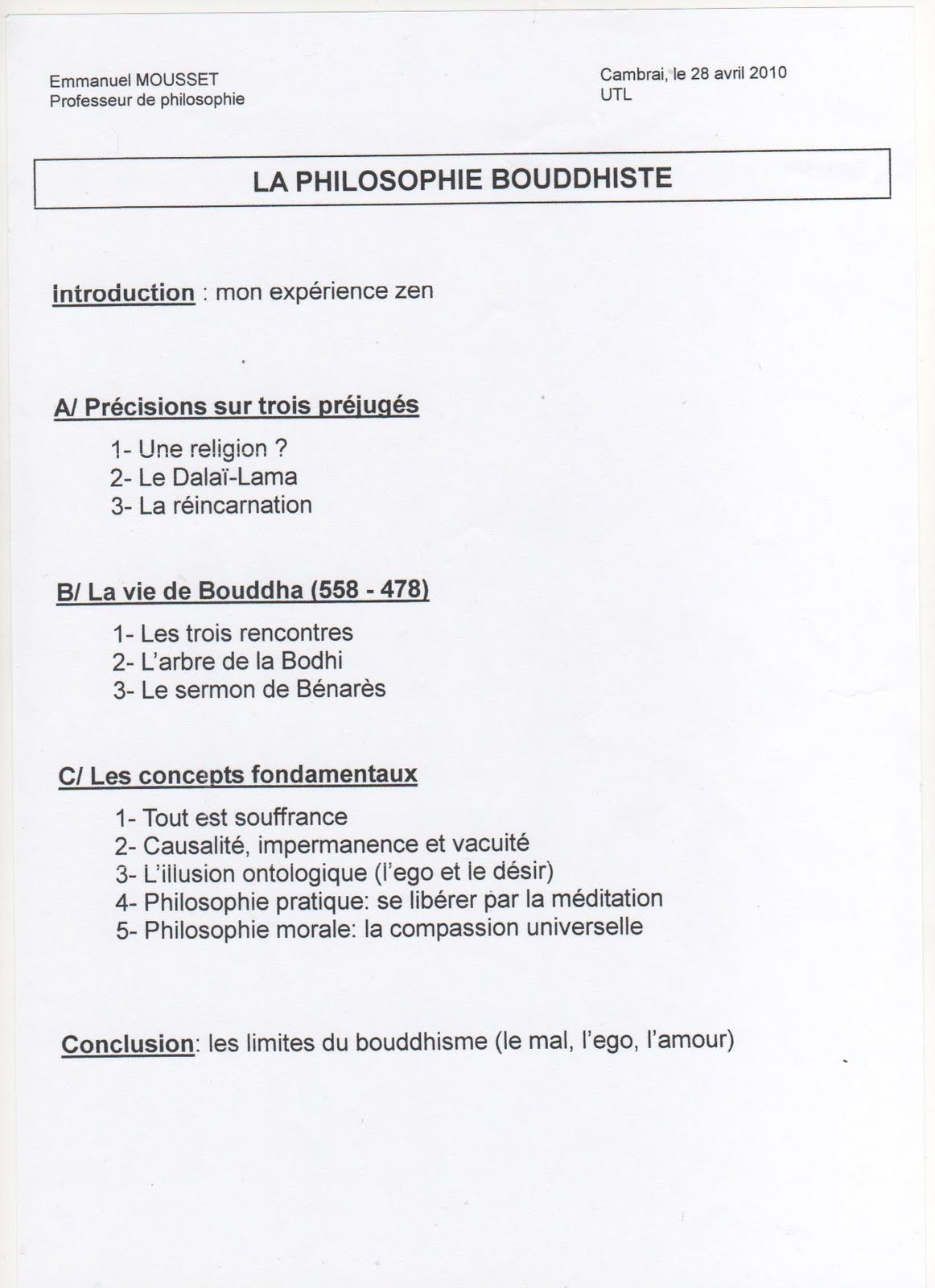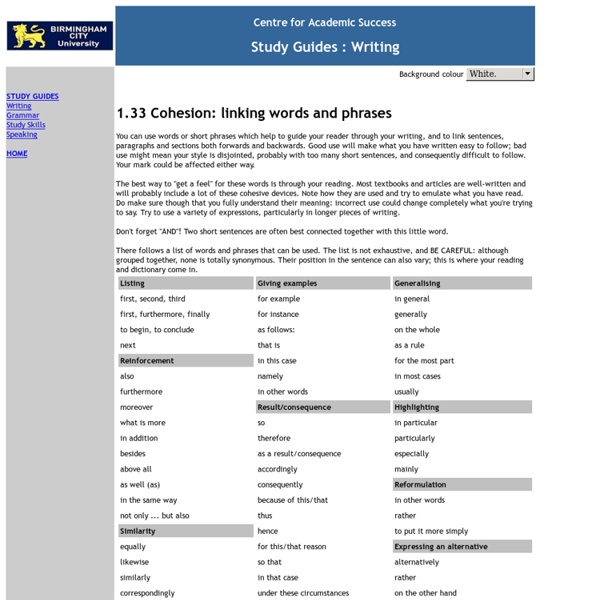Acquired motor speech disorders - Overview.
Motor-speech disorders are speech disorders resulting from neurological damage that affects the motor control of speech muscles or motor programming of speech movements. The most common motor-speech disorders are dysarthria and apraxia of speech. The dysarthrias are oral communication problems due to weakness, incoordination, or paralysis of.Motor speech disorders include two primary categories, apraxia and dysarthria. In order to produce speech, every person must coordinate a range of muscles and muscle groups, including those controlling the larynx with the vocal cords, the lips, the tongue, the jaw and the respiratory system.Ensure you’re up to speed with the most recent findings in motor speech disorders. One of the most trusted sources on this topic, Motor Speech Disorders integrates the latest neurological research with the realities of clinical practice. The fourth edition is divided into three sections which focus on substrates of motor speech and its disorders, the disorders and their diagnoses, and.
Apraxia of Speech. Description - Apraxia is a problem in assembling the appropriate sequence of movements for speech production or the executing the appropriate serial ordering of sounds for speech. Primary disorder is an inability to program articulatory movements. Since these problems cannot be explained by significant slowness, weakness, restricted range of movement or incoordination of the.Start studying Motor Speech Disorder. Learn vocabulary, terms, and more with flashcards, games, and other study tools.

Children with motor speech disorders are often unable to imitate or produce speech sounds without the use of special techniques to support their unique challenges in the area of motor learning. Motor Speech Disorders are impairments in one or more of the motor processes that underlie speech. It is only recently that there has been emphasis.









